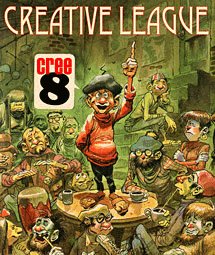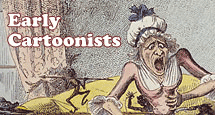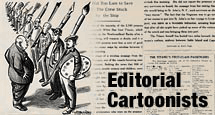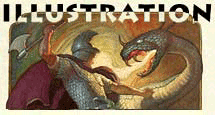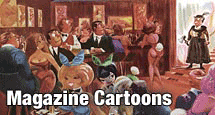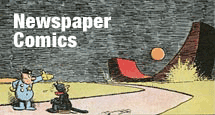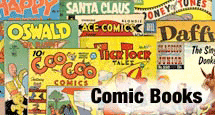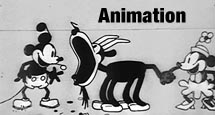This posting is a stub. You can contribute to this entry by providing information through the comments link at the bottom of this post. Please organize your information following the main category headers below….
Birth/Death
Occupation/Title
Bio Summary
Erich Sokol was born in 1933. In North America, he is well known as the cartoonist because his works has been a fixture in Playboy. He had a much more competent gift for cartooning than other existing pin up artists. For example, he had a great sense of color, light, and atmosphere, so in his works, they are mostly known as colorful watercolor cartoon vignettes, featuring beautifully drawn ladies. In addition to his great talent, his works were very influenced by the experiences in his home country in Austria, especially with his editorial cartoons and caricatures. As a result, although a beautiful girl was always the centerpiece of the cartoon, you will also see that Sokol had more fun painting the men. In Europe, Sokol was much better known than in America. Sokol worked on a Viennese “worker newspaper”, and became the director at there, which is an Austrian broadcast company, released numerous books. He was given the title of Professor, and received artistic awards too numerous to list from the Austrian broadcast company and also the Playboy magazine has yet released a collection of his work. He died on Thursday 20th of February 2003 at the age of 69 after a long battle with cancer. He contributed his pieces to Harpers and the Sunday Telegraph. (written by Kaname.T)
Early Life/Family
Education/Training
Career Outline
Comments On Style
Influences
Personality
Anecdotes
Miscellaneous
Filmography
Honors
Related Links
BIO-AAA-315
Bibliographic References
Contributors To This Listing
To make additions or corrections to this listing, please click on COMMENTS below…









 by
by 





